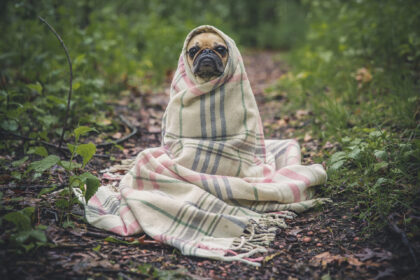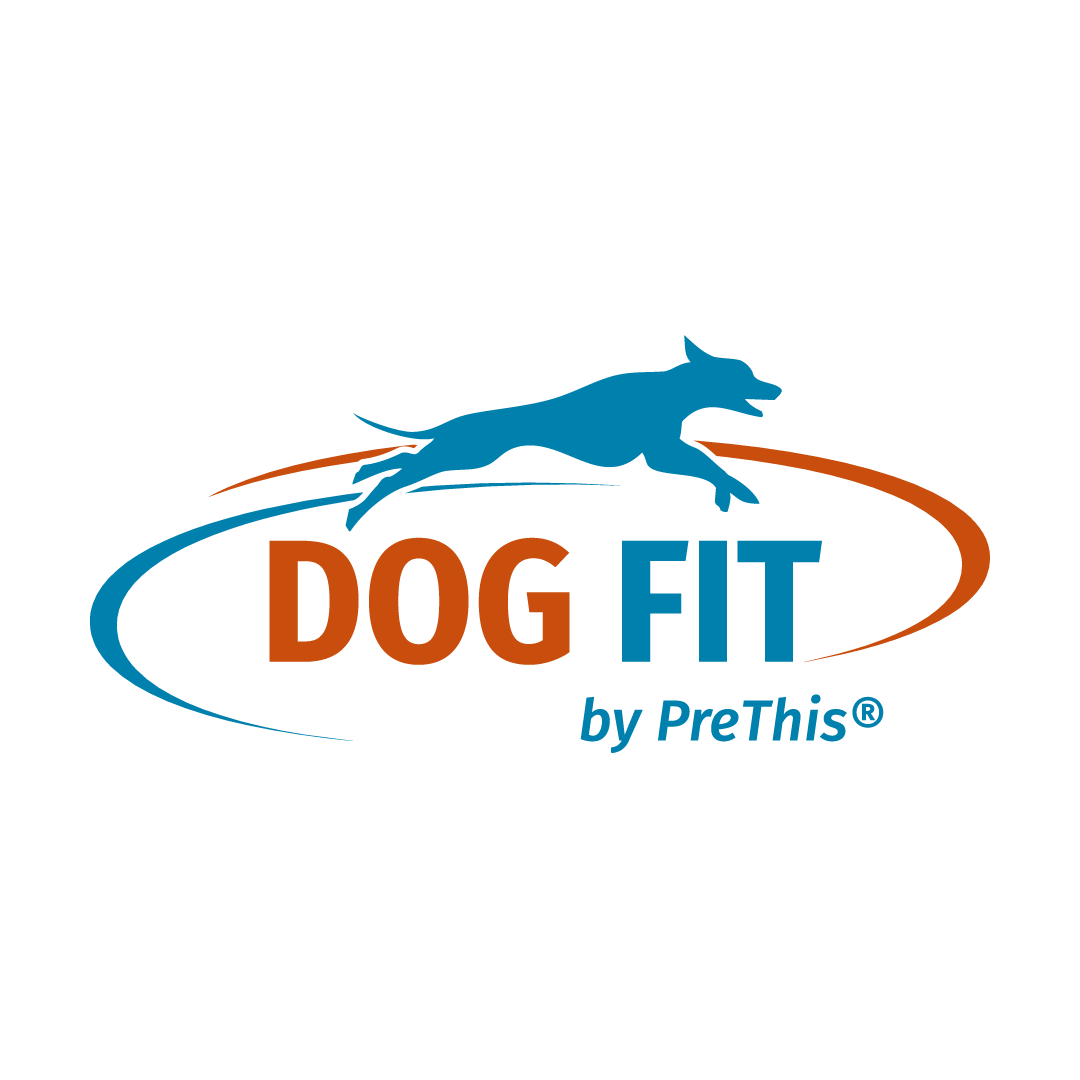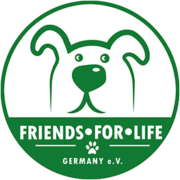 Especially when it’s cold outside, you see them more and more often: dogs in little coats. Various cuts and uses, from a functional raincoat to a complete dog outfit with matching accessories, the market has almost everything to dress dogs of all sizes. “This is animal cruelty!” some complain. “But that looks cute!” argue the others. Discussions about dog clothing are controversial and often very passionate and emotional. And as always, the truth probably lies somewhere between the extremes.
Especially when it’s cold outside, you see them more and more often: dogs in little coats. Various cuts and uses, from a functional raincoat to a complete dog outfit with matching accessories, the market has almost everything to dress dogs of all sizes. “This is animal cruelty!” some complain. “But that looks cute!” argue the others. Discussions about dog clothing are controversial and often very passionate and emotional. And as always, the truth probably lies somewhere between the extremes.
Sensible dog clothes
The fact that dog clothing is unnatural is probably not up for debate. After all, dogs naturally have fur that protects them from external influences: cold, wet or UV radiation are kept away from the dog’s body by the natural, hairy barrier – clothing unnecessary, you might think. But as is often the case, it is not that easy to draw a line here. Due to the high breed divergence that our global age brings with it, not all dogs’ fur is well adapted to the conditions of their environment. While a Husky or German Shepherd certainly has no problems with the Western European winter, things can look completely different for a short-haired, small (i.e. cools down quickly) Chihuahua that is adapted to Mexican conditions.
This particularly affects small dogs, which are particularly sensitive to cold due to their body’s low heat storage capacity. But some specialized breeds, such as the fine-limbed and thin-furred greyhound breeds such as the Whippet, the Italian Greyhound or the Galgo, are sometimes grateful if they receive a coat that protects them in the cold winter of Central Europe. However, this is not due to a general sensitivity, but rather due to the high degree of their specialization: In order to be able to achieve the highest speeds, these breeds were bred in such a way that they hardly have any unnecessary fat, fur or tissue as ballast – so they fall Natural protective layers against the cold are also gone and in our latitudes they have to be compensated for by dog clothing on icy winter days.
Naked dogs such as the Chinese Crested or the Xoloitzcuintle (Mexican hairless dog) are certainly a special form: their hairless bodies lack the protection of fur, which is why they need protection from the cold in winter and protection from the cold in summer (depending on skin color and corresponding sensitivity ) need protection against UV radiation. There are also medical reasons for dog clothing: After an operation or due to fur problems, the fur as the dog’s body’s natural protective barrier can be damaged or even completely missing, so it needs additional protection through dog clothing. De facto, there are definitely reasons that justify wearing dog clothes and in which dog clothes are in the best interest of the dog.
Dog clothing as an accessory
Unfortunately, not every dog needs to wear dog clothes: Following the trend, there are more and more dog owners who outfit their dogs with entire “outfits”. A sweater, booties, the right collar, maybe a clip for the head – the only benefit here seems to be to make the dog look cute.
However, what is “cute” to human eyes is often anything but pleasant to dogs: the more sophisticated the outfit, the less functional it is. The animal’s freedom of movement is often more or less restricted; just putting it on is often uncomfortable for the dog – and wearing it afterwards is even more so. If the animal has to wear its clothes inside the house (because it looks so cute!), there is also the risk of overheating. Not to mention that wearing dog clothes for a long time will affect normal coat change in the long term.
In these cases, the dog’s well-being is not only not the focus, but is also willfully ignored. The dog itself is reduced to a fashion accessory instead of being taken seriously with its needs as a living being. Therefore, wearing dog clothes purely for “style” reasons cannot be approved.
Don’t lump everyone together
If you look at the arguments more closely, it quickly becomes clear that you can’t lump everyone together who chooses dog clothes. While there are some serious reasons for dog clothing, there are also a growing number of “Fashion-Victims”, who turn functional dog clothing into trendy dog fashion that does not always meet the dog’s needs. It is always important to carefully consider whether the dog’s clothing actually serves the well-being of the animal or whether it is more about fashion aspects.
And even in cases where dog clothing becomes necessary, it is important to carefully consider which pieces you ultimately choose: functionality is required here, breathable materials without toxins and, above all, cuts that do not restrict the animals’ freedom of movement. Then dog clothes can be a useful addition to the dog’s well-being.

The content of the articles is for general information purposes only and does not replace diagnosis or treatment by a veterinarian. Reviews or testimonials are individual reports from verified customers. This information does not constitute medical advice and should not be understood as such.
Our daily inspiration comes from the special moments with our dogs. Here we share this enthusiasm and invite you to become part of the DOG FIT community on our social media channels.


Leave a Reply